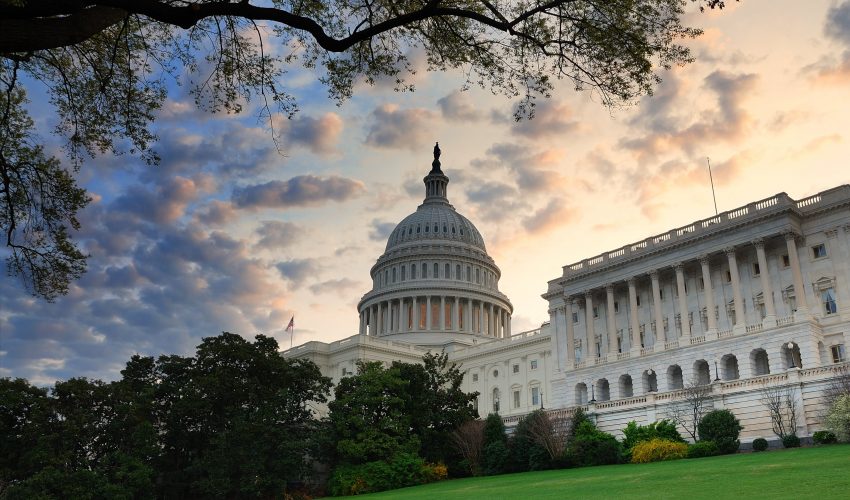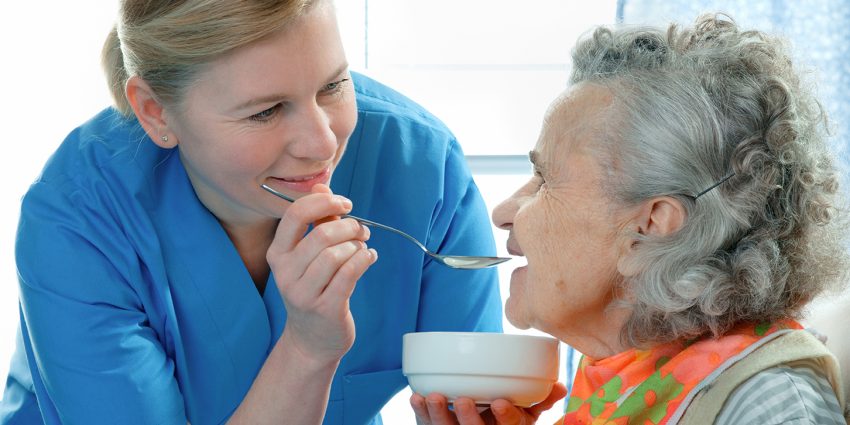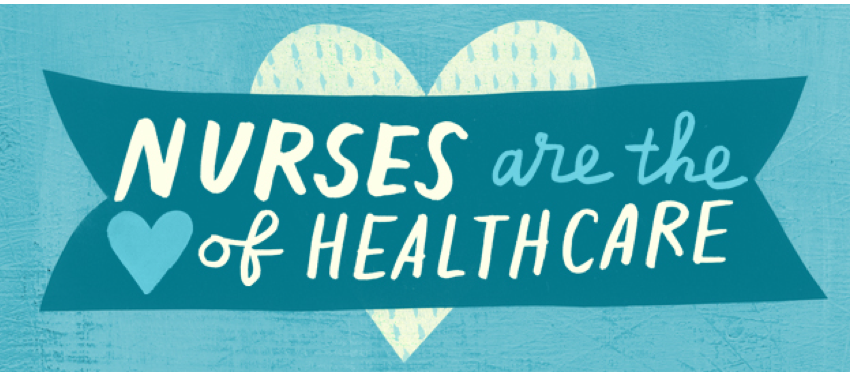Post Views: 6,970
ViewsHow Medical Marijuana Could Change Nursing
In the United States, medical marijuana is becoming a reality. Because of the amount of studies and research done, several members of the medical community are becoming aware of the benefits marijuana has for patients.
While a large number of states are passing laws to legalize marijuana for medical, and recreational, use, it is still a hot topic in political debates, news platforms, and social media. This makes it all the more important for nurses to know both the positives and negatives of medical marijuana, and for them to determine where exactly they stand on this difficult subject.
Medical Marijuana – An Introduction:
Still, the marijuana plant itself has not been approved by the U.S. Food and Drug Administration as medicine. However, studies have led to two FDA-approved pills that are derived from marijuana. Today, as many as thirty-three states in the country have passed a medical marijuana law in some form, and this number is expected to grow in the near future. According to the results of a poll in 2015, almost 68% of American physicians are supporting the legalized use of medical marijuana.
Because of how medical marijuana is used today, it’s essential for nurses and physicians to learn its applications. “Cannabis nursing” has also made a name in the medical field, and led to the creation of a professional nursing organization called the “American Cannabis Nursing Association.”
Nurses’ Difficulty in Dealing with Medical Marijuana:
While medical marijuana has been legalized in thirty-three states, it is still classified as a “Schedule I controlled substance,” which is the same designation as substances like lysergic acid diethylamide and heroin. According to the U.S. Drug Enforcement Administration, this designation means that these substances have no acceptable medical use and there is a high chance for abuse. So, nurses are caught in the middle.
To avoid the tension, nurses in each state where cannabis is legal need to get a good understanding of the substance, as well as the specific laws in their state. In addition, they also need to be aware of their state nursing board’s response to the law.
Looking into the Medical Benefits of Medical Marijuana:
First of all, medical marijuana refers to the use of the entire or a part of the marijuana plant or its extract to treat a medical condition. Most often, medical marijuana will be referred to as cannabis because of the presence of cannabinoid chemicals in it. The most commonly known cannabinoid is delta-9-tetrahydrocannabinol (THC), which does have mind-altering capabilities. THC is known for increasing appetite and decreasing nausea, which makes it a standard treatment for cancer and chronic pain. In addition, it has also proved to reduce inflammation and correct muscle control problems. At present, there are two FDA-approved drugs containing THC in it. These are used in the treatment of nausea in patients undergoing chemo and loss of appetite due to weight loss associated with AIDS.
Another marijuana chemical, which has a growing interest all across the medical community, is the cannabidiol (CBD). This has proven to dramatically decrease the number, as well as the severity of seizures linked to childhood epilepsy. This, in oil form, is used in the treatment of various neurological disorders, pain, inflammation, and mental disorders. In contrast to THC, CBD will not alter the mind or behavior of the person who ingests it.
It should be noted that though THC and CBD are the most popular cannabinoids today, there are over a hundred cannabinoids available. So, currently, the medical field is trying to determine the ideal cannabinoid chemicals to treat patients.
Cannabis Nursing – Tapping into the New Field:
With the increasing use of cannabis for medicinal purposes in the United States, the need of the nurse population with a deep understanding about constituents and applications is also increasing. At the same time, there are also ethical, as well as legal implications when nursing care pierces into the medical use of marijuana. This is where cannabis nursing comes into play. According to the ACNA, cannabis nursing is a field of nursing that integrates the knowledge of cannabinoids, safe use of the cannabis products, and the awareness of the legal difficulties linked to the use of these products.
One comment on “How Medical Marijuana Could Change Nursing”
Leave a Reply
How Medical Marijuana Could Change Nursing
By nurseadvisorofficial
While a large number of states are passing laws to legalize marijuana for medical, and recreational, use, it is still a hot topic in political debates, news platforms, and social media. This makes it all the more important for nurses to know both the positives and negatives of medical marijuana, and for them to determine where exactly they stand on this difficult subject.














Being a Hospice Nurse pain is a chief problem so marijuana used for pain that is used the object